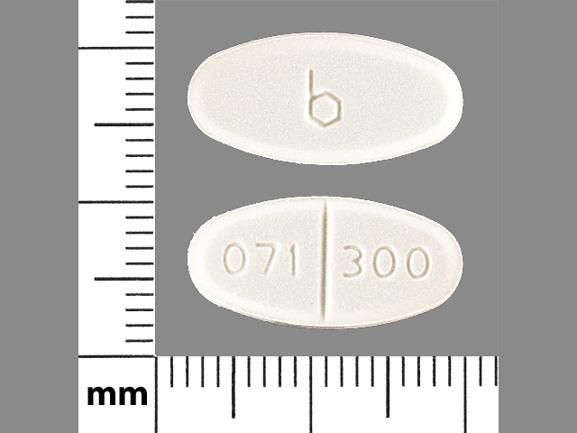Isoniazid Disease Interactions
There are 5 disease interactions with isoniazid.
INH (applies to isoniazid) hepatotoxicity
Major Potential Hazard, High plausibility. Applicable conditions: Liver Disease, Alcoholism
The use of isoniazid is contraindicated in patients with acute liver disease or a history of hepatic injury due to isoniazid. Caution is advised when using the drug in patients with chronic liver disease or a history of alcoholism. Isoniazid has been associated with severe and sometimes fatal hepatitis, which may occur even after many months of therapy. In a US Public Health Service Surveillance Study of nearly 14,000 isoniazid patients, the incidence of hepatitis was 1.25%, of which 4.6% was fatal. However, more recent studies have reported considerably lower rates when CDC guidelines for selection and monitoring of patients were followed. Epidemiologic studies indicate an increased incidence with increasing age, alcohol use, and female gender. As a precautionary measure, routine monitoring of serum transaminases (SGOT, SGPT) and bilirubin may be considered, although a transient and harmless increase in serum transaminase reportedly occurs in 10% to 20% of patients, usually in the first 3 months of therapy. Patients should be advised to promptly discontinue isoniazid therapy and seek medical attention if they experience signs or symptoms suggestive of liver damage such as fever, rash, anorexia, nausea, vomiting, fatigue, right upper quadrant pain, dark urine, and jaundice. Reinstitution of the drug should occur only after symptoms and laboratory abnormalities resolve, with low and gradually increasing dosages.
INH (applies to isoniazid) liver disease
Major Potential Hazard, High plausibility.
Isoniazid is primarily metabolized by the liver. Patients with liver disease may be at greater risk for adverse effects from isoniazid due to decreased drug clearance. Dosage reductions are recommended in these patients.
INH (applies to isoniazid) peripheral neuropathy
Major Potential Hazard, High plausibility. Applicable conditions: Malnourished, Diabetes Mellitus, Alcoholism
Isoniazid commonly causes dose-related peripheral neuropathy, which results from the depletion of pyridoxine in the presence of the drug. The neuropathy is usually preceded by paresthesias of the feet and hands. Therapy with isoniazid should be administered cautiously in patients with preexisting peripheral neuropathy or risk factors for developing the condition, such as malnutrition, diabetes and alcoholism. Pyridoxine (vitamin B6) at a dosage of 10 to 50 mg/day may prevent or attenuate isoniazid-related peripheral neuropathy and is recommended for these patients.
INH (applies to isoniazid) hemodialysis
Moderate Potential Hazard, High plausibility.
Isoniazid is substantially removed by hemodialysis and should be administered after dialysis.
INH (applies to isoniazid) renal dysfunction
Moderate Potential Hazard, Moderate plausibility.
Isoniazid is metabolized primarily by acetylation and dehydrazination in the liver. It is not significantly excreted by the kidney. Dosage adjustments in renal impairment are generally not necessary except in slow acetylators with a creatinine clearance below 10 mL/min. The rate of acetylation is genetically determined. Approximately 50% of blacks and caucasians are slow acetylators, and the majority of Eskimos and Asians are rapid acetylators.
Switch to professional interaction data
Isoniazid drug interactions
There are 716 drug interactions with isoniazid.
Isoniazid alcohol/food interactions
There is 1 alcohol/food interaction with isoniazid.
More about isoniazid
- isoniazid consumer information
- Check interactions
- Compare alternatives
- Pricing & coupons
- Reviews (28)
- Drug images
- Side effects
- Dosage information
- During pregnancy
- Drug class: hydrazide derivatives
- Breastfeeding
- En español
Related treatment guides
Drug Interaction Classification
| Highly clinically significant. Avoid combinations; the risk of the interaction outweighs the benefit. | |
| Moderately clinically significant. Usually avoid combinations; use it only under special circumstances. | |
| Minimally clinically significant. Minimize risk; assess risk and consider an alternative drug, take steps to circumvent the interaction risk and/or institute a monitoring plan. | |
| No interaction information available. |
Further information
Always consult your healthcare provider to ensure the information displayed on this page applies to your personal circumstances.


